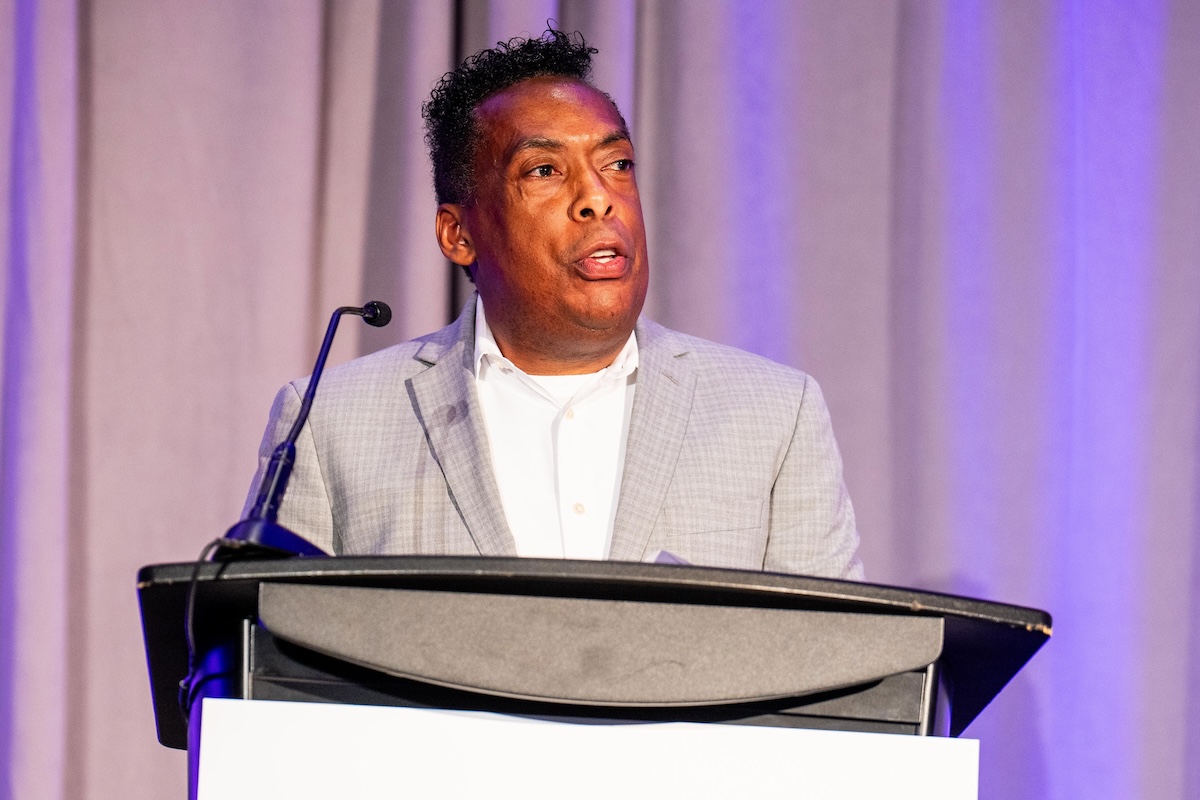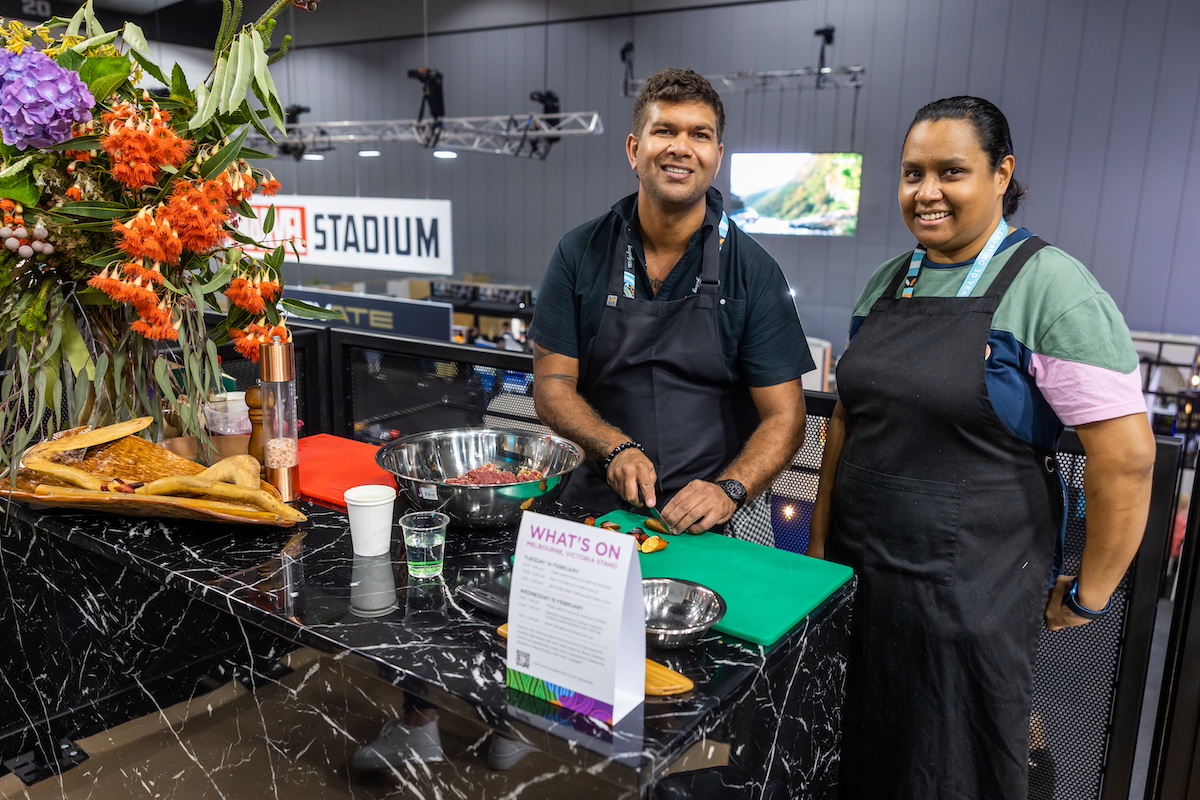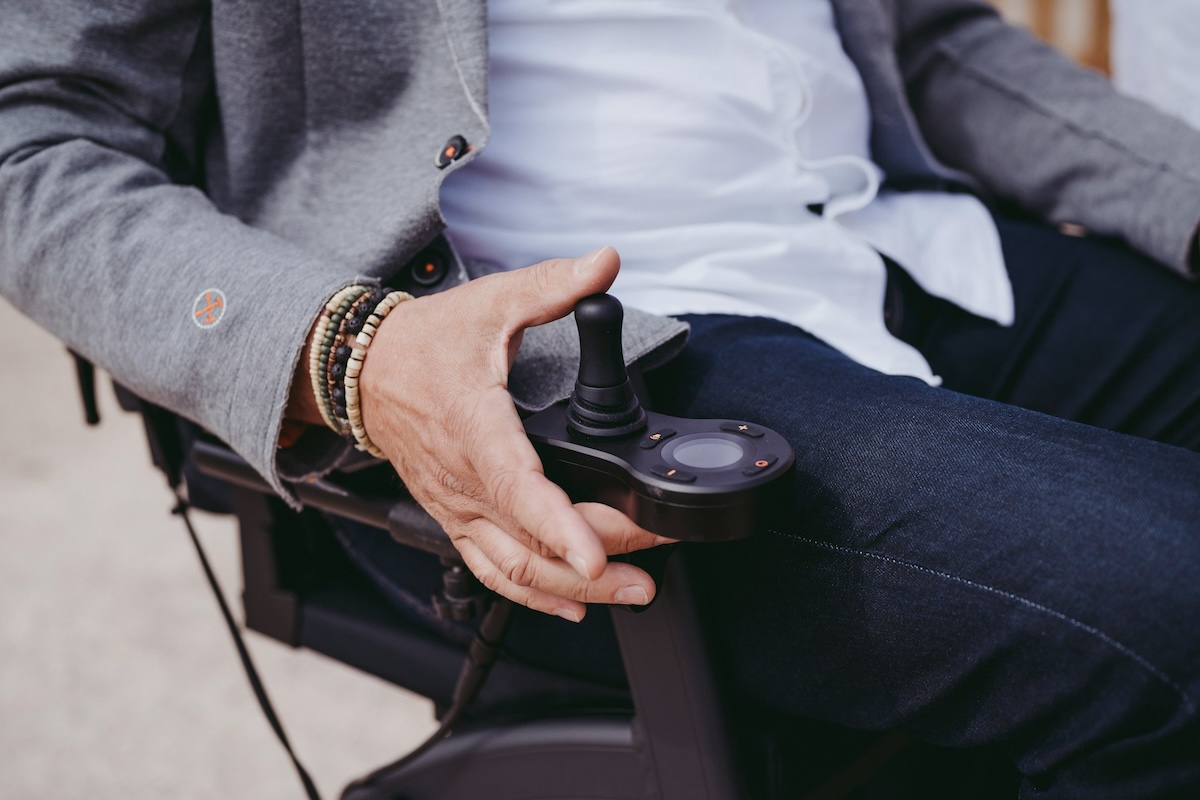Skift Take
Women are rising through the ranks of the meetings and hospitality industries, but the corner office remains elusive for most. Is that about to change?
The meetings and hospitality industry is dominated by women but peek in any corporate suite, and odds are you’ll find a man. Why have many women who have aimed for the upper echelons of management encountered roadblocks? In most cases, the glass ceiling, the invisible barrier that blocks women from the top jobs, still exists, but according to industry insiders, things are slowly improving.
There is no doubt that women are a force that must be reckoned with. According to the Bureau of Labor Statistics, in 2020, women represented 56.2 percent of the United States labor force. Yet only approximately 27 percent are in management and leadership roles.
IBTM recently released research conducted by PWC. It showed that when it comes to gender, men in the events industry have a greater chance of being in the c-suite than women. The study showed that only 16 percent of women were in a senior position compared to 32 percent of men.
According to Clusivity, a SaaS tool that measures DEI, of the top 20 largest events organizers, only four women are in the top job, two more than in 2020, but there are still zero top minority leaders.
The disparity between men and women was most evident during the Covid pandemic. Balancing full-time work with full-time caregiving, homeschooling, and more took a toll. Plus, pandemic staff furloughs and reductions hit women hardest.
One of the byproducts of the shutdown was the acceptance of remote work. The flexibility offered in this setting can be beneficial to women. Since they are often the ones who care for the kids, working remotely allows women to make their own schedules factoring in time for shuttling children to and fro, being able to attend their kids’ extracurricular activities, and run errands.
Female Industry Leaders
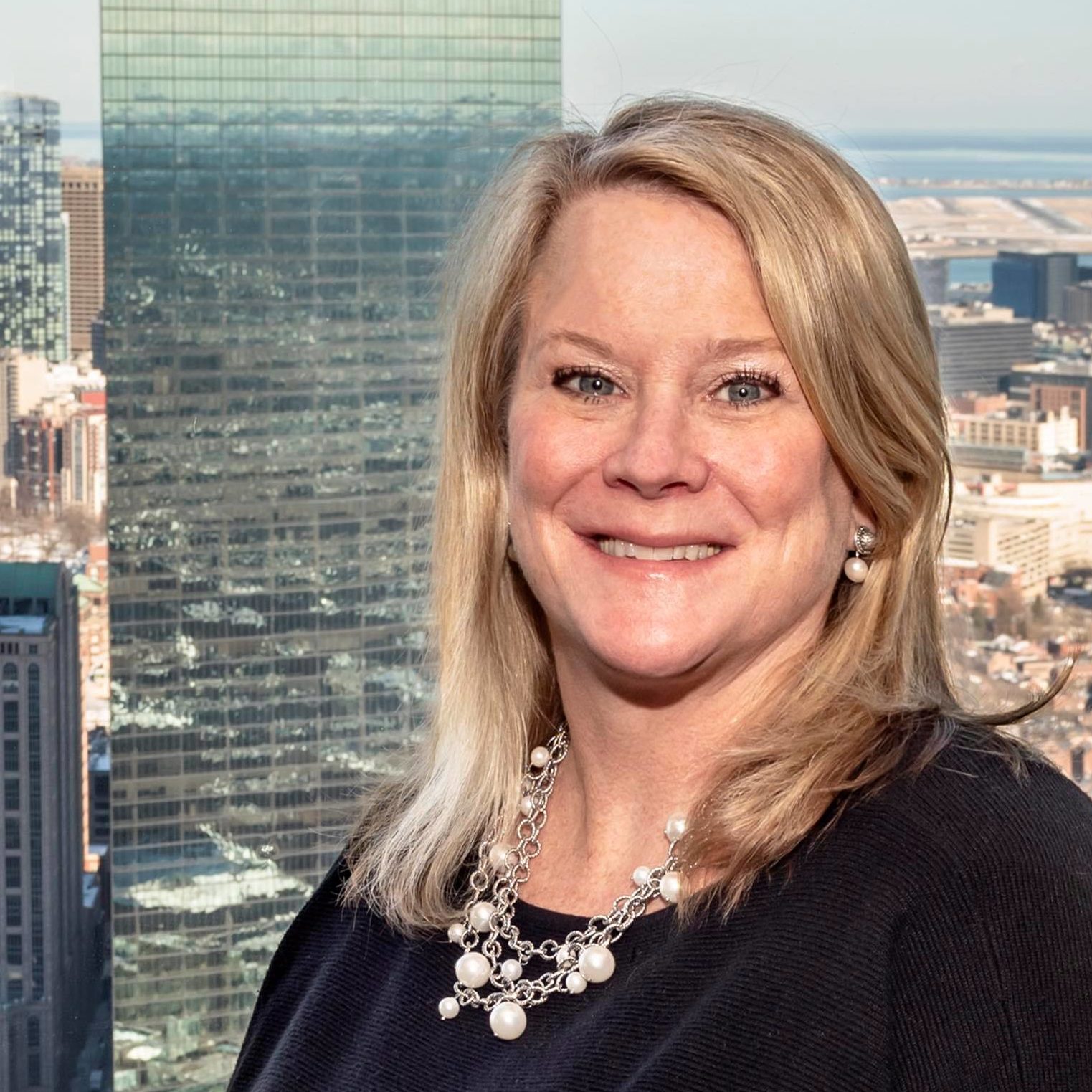
Martha Sheridan, president and CEO of Meet Boston, is a mom of three who respects how difficult it can be to balance work and family. She shares with other top female execs, “Stop feeling guilty. Your kids will be fine. Work-life balance doesn’t really exist. Just go with the flow. Some days you will be the best mother in the world but not the best at your job, and others, you will be the best executive in the world but not the best mom. It all balances out,” said Sheridan.
Challenges in the workplace for women are nothing new. Female leaders report that one of the biggest obstacles they must overcome is a subconscious bias, including gender stereotypes and discrimination.
Kristen Adamo, president and CEO of the Providence Warwick CVB, agrees that women face different challenges than their male counterparts. “It is more of a struggle to be taken seriously,” she said. “Even though you may be passionate about your destination, you have to check your emotions at the door, or there is a good chance you will not be taken seriously,” said Adamo. “I am always cognizant of that. So I underplay emotions to fight that stereotype.”
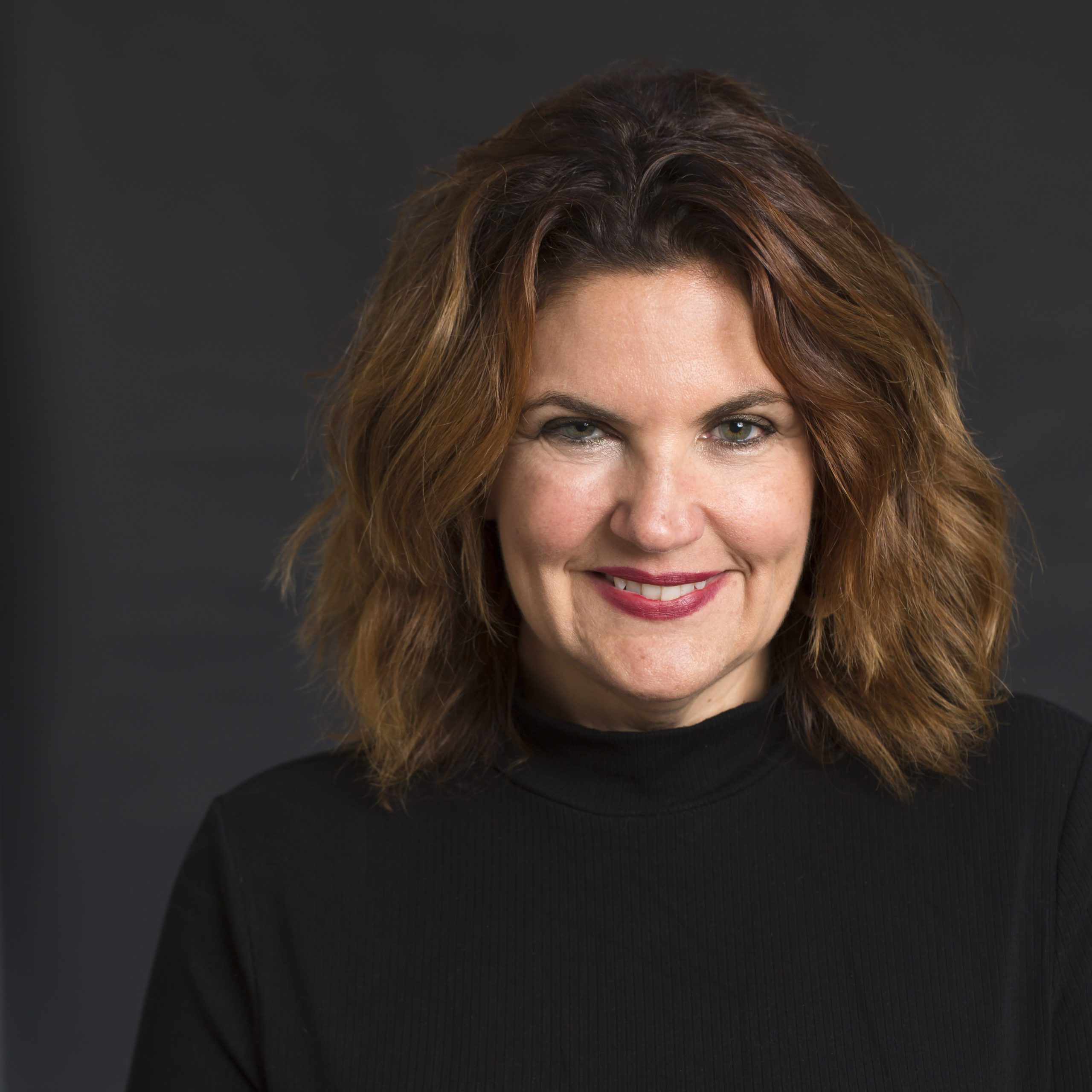
Most women understand the unwritten truth that they will have to work much harder than a man just to be taken seriously. “Women have to work twice as hard,” said Adamo.
For more women to make it to the top, there will have to be other women pulling them up. That is precisely what Sheridan did when she was president and CEO at the Providence Warwick CVB with not only Adamo, who worked as vice president of marketing and communication but Kristin McGrath, who now heads up the Pasadena CVB.
Looking out at the sea of women who now head up CVBs and DMOs inspires Sheridan. “There is Casandra in Orlando, Julie in Cincinnati, Tammy in Seattle, Lynn in Chicago, and Kitty Ratcliffe in St. Louis, to name a few. This hasn’t always been the case,” said Sheridan.
Sheridan is proud of her leadership team, which includes Hilina Ajakaiye as executive vice president and Beth Stehley, who is senior vice president of sales.
Women Helping Women
Most successful women have a network they trust. Sheridan turns to Smart Women Who Get Shit Done, a group founded by Tammy Blount for female hospitality and DMO leaders. The group has a Facebook page and gathers a few times a year. Blount and Maura Gast from Visit Irving are Sheridan’s close confidants. “They are my lifeline. If I have had a bad day, I know I can call them at 10, 11 o’clock, and they will talk,” Sheridan said.
Before joining the San Diego Tourism Authority as its president and CEO, Julie Coker was president and CEO of the Philadelphia CVB. During that time, her safe space was a group of women she calls the kitchen cabinet crew. “It was a circle where I could vent, bounce ideas off, and more,” said Coker.
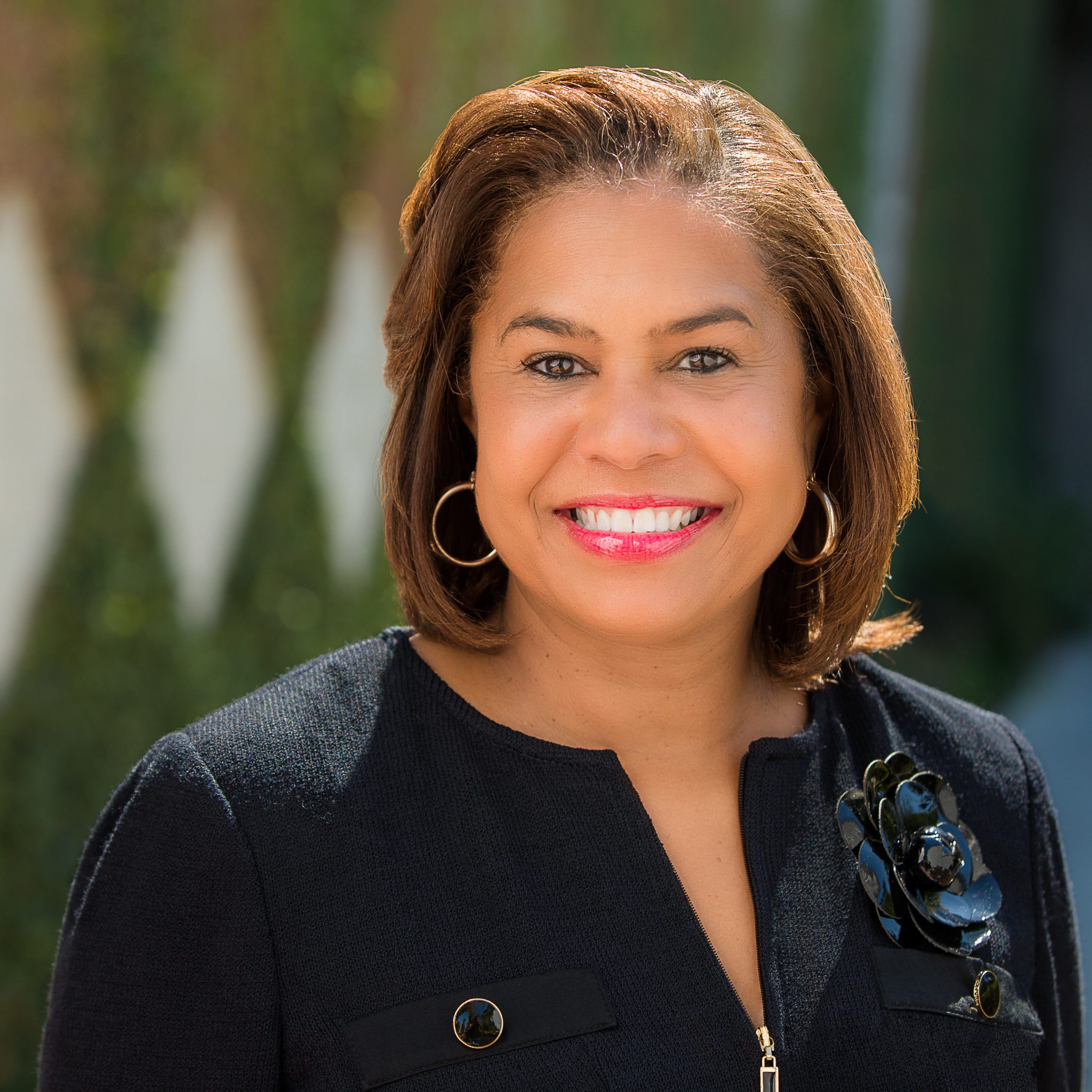
Today, Coker is part of many industry boards, including the California Travel and Tourism Commission, Visit California, The San Diego Regional Chamber of Commerce, The San Diego Regional Economic Development Corporation, and Meeting Professionals International. She is currently one of the vice chairs on the U.S. Travel Association board. She is also a member of the San Diego Chapter of The Links, an international, not-for-profit corporation for professional women of African descent.
A broad perspective is more important than ever. Coker is a proponent of joining meetings and hospitality industry groups to network with like-minded people. In addition, she also believes in networking with those outside the industry, including those in finance, healthcare, and education.
“We have made strides as people realize the importance of diversity around the table, be that gender, race, or age. It’s no longer a nice thing to do — it’s a business case,” said Coker. “There is still work to do, but we are moving in the right direction.”
A group focused on women helping women in the industry is the Women in Exhibitions Network (WIEN), which launched in 2018 to support women working in exhibitions. There are six international chapters and a North American group founded during the Covid shutdown. “In the pandemic, many realized our women-to-women networks are not that strong. So we formed WIEN North America to share, network, offer advice, laugh, and mentor. It’s not a place to do business, although that is sometimes an unintended consequence. Any woman can join at any point in their career,” said Martha Donato, president of MAD Event Management.
When it comes to the purported glass ceiling in the industry, Donato balks at the term. “I believe we are now in a position for more women to advance into higher positions when they are ready to. No one is holding them back but practicalities. Many white men are in CEO roles because they have held these positions for many years. As they retire, the tides will change.”
Show me the Money
There is still a significant different in how much money men and women make. According to Payscale’s Gender Pay Gap Report, in 2022, the uncontrolled gender pay gap for women is $0.82 for every $1 that men make.
When it comes to equal pay, women should keep these questions in mind:
- What is the market?
- What are my skill sets?
- What do I bring to the table?
- What is equitable for the skills I hold?
- What are others in my position being paid?
“HR professionals are doing a better job leveling the playing field. It’s imperative you know your worth and ask for it,” said Coker.
Entering the Boardroom
Corporate boards were one place in the business world where you find far too few women, said Stephanie Sonnabend, who was CEO and president of Sonesta International Hotel Corporation. She made it her mission to change this, and she has. She co-founded 2020 Women on Boards, a grassroots effort to increase awareness and presence of women on boards across the country.
2020 Women on Boards believes that diversity of thought is essential to good corporate governance and that corporate boards of directors should reflect company stakeholders: their customers, employees, and shareholders. The best boards harvest diverse experiences, skills, and perspectives to obtain optimal decisions. As a result, these boards create better shareholder value.
The goal of 2020 Women on Boards was that women hold 20 percent of corporate board seats. In achieving that goal, the organization changed its name to 50/50 Women on Boards (50/50WOB), with its goal of women directors holding roughly half of all corporate board seats.
It has expanded its focus to include a diversity component as well. “We are calling for companies to have 20 percent of its board seats filled by women of color,” said Sonnabend. She adds that research shows that companies with diverse boards outperform those without diversity.
“Women still don’t try for those high-profile promotions or opportunities as they feel they must check all the boxes of qualifications. But, on the other hand, if a man checks three of the ten boxes, they will apply,” said Sonnabend.
According to Clusivity, it should be a requirement for headhunters to find a shortlist of candidates from under-represented groups for top jobs.
For an in-depth look at gender equality in the events industry, download the clusivity report here.

